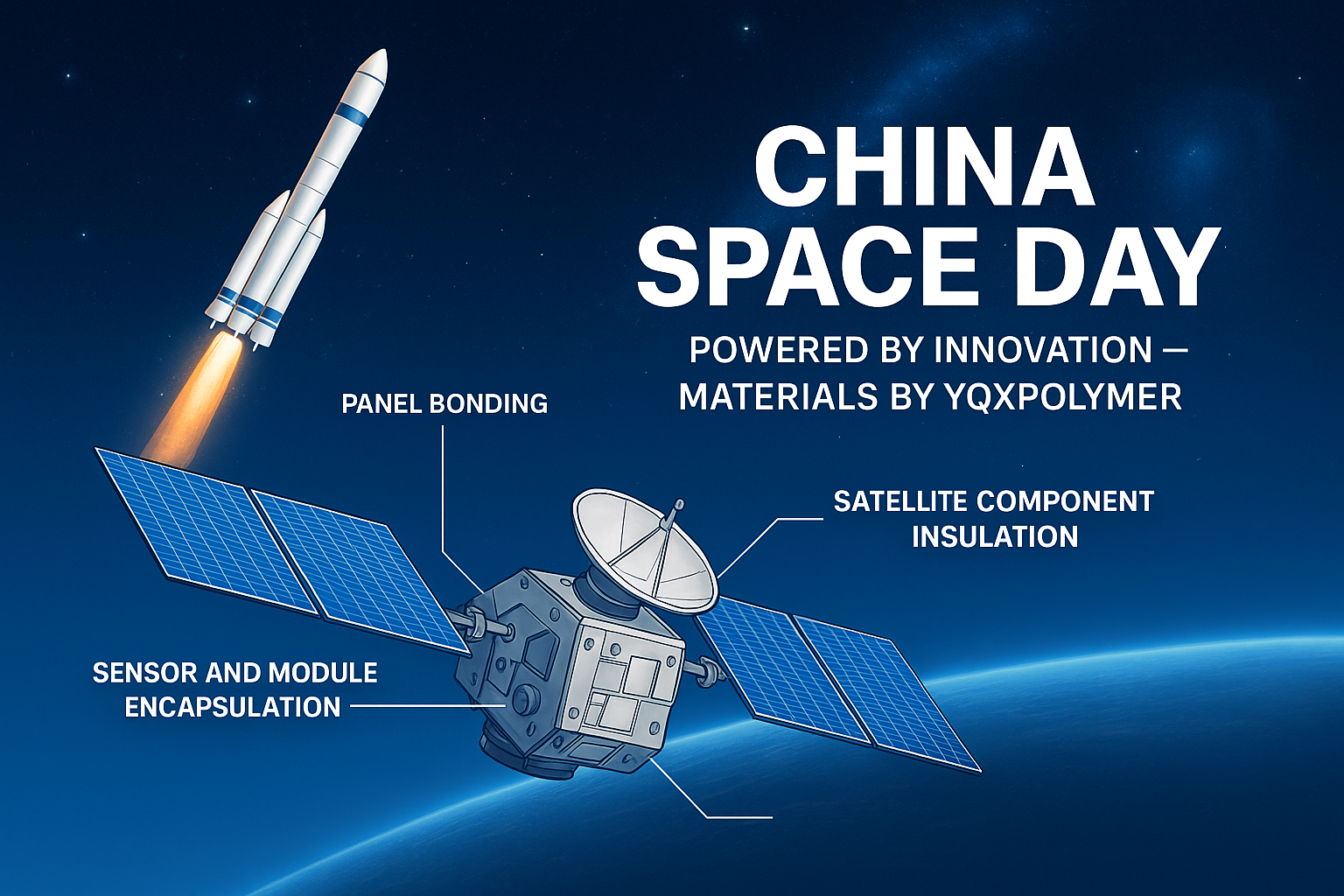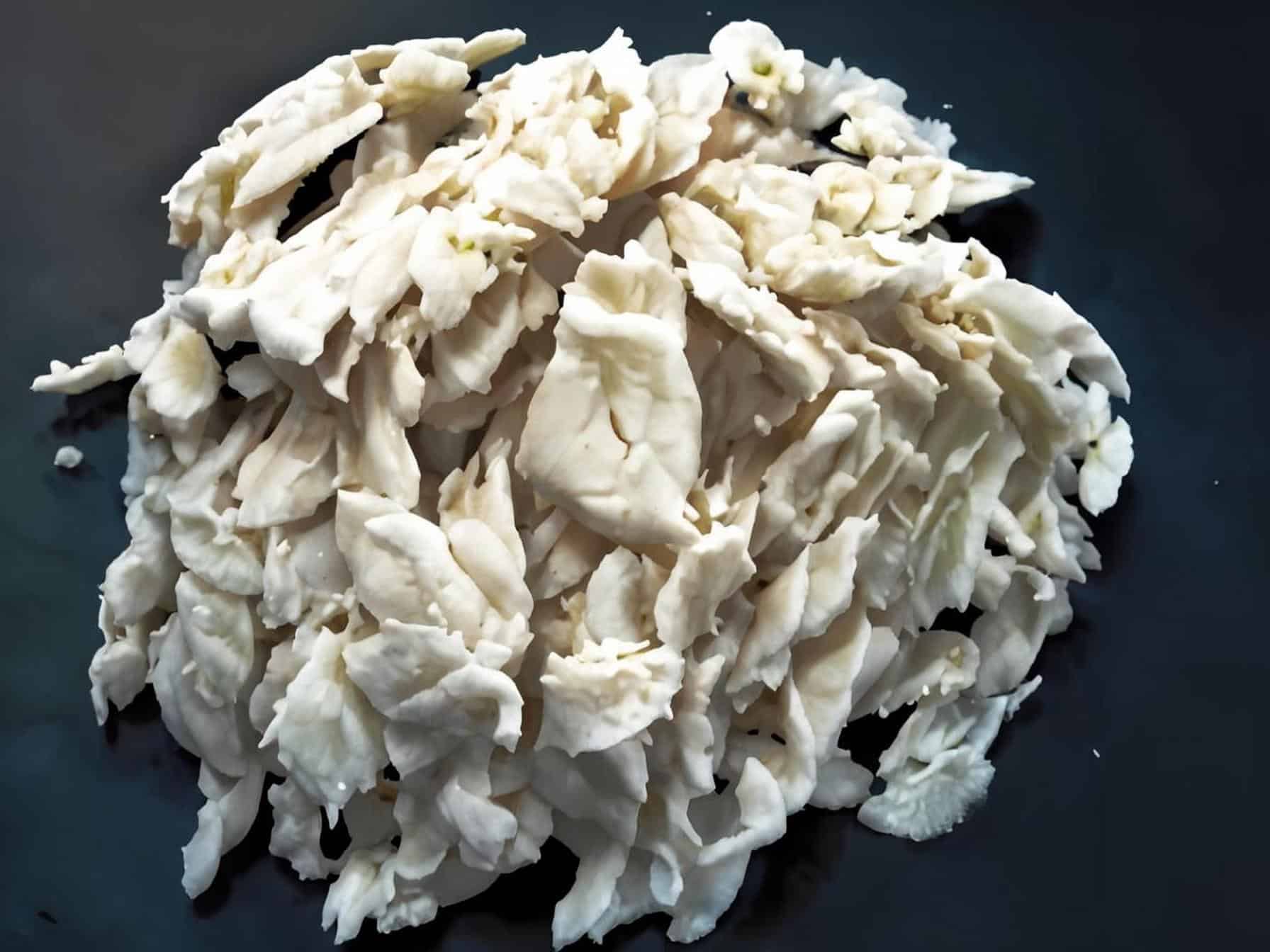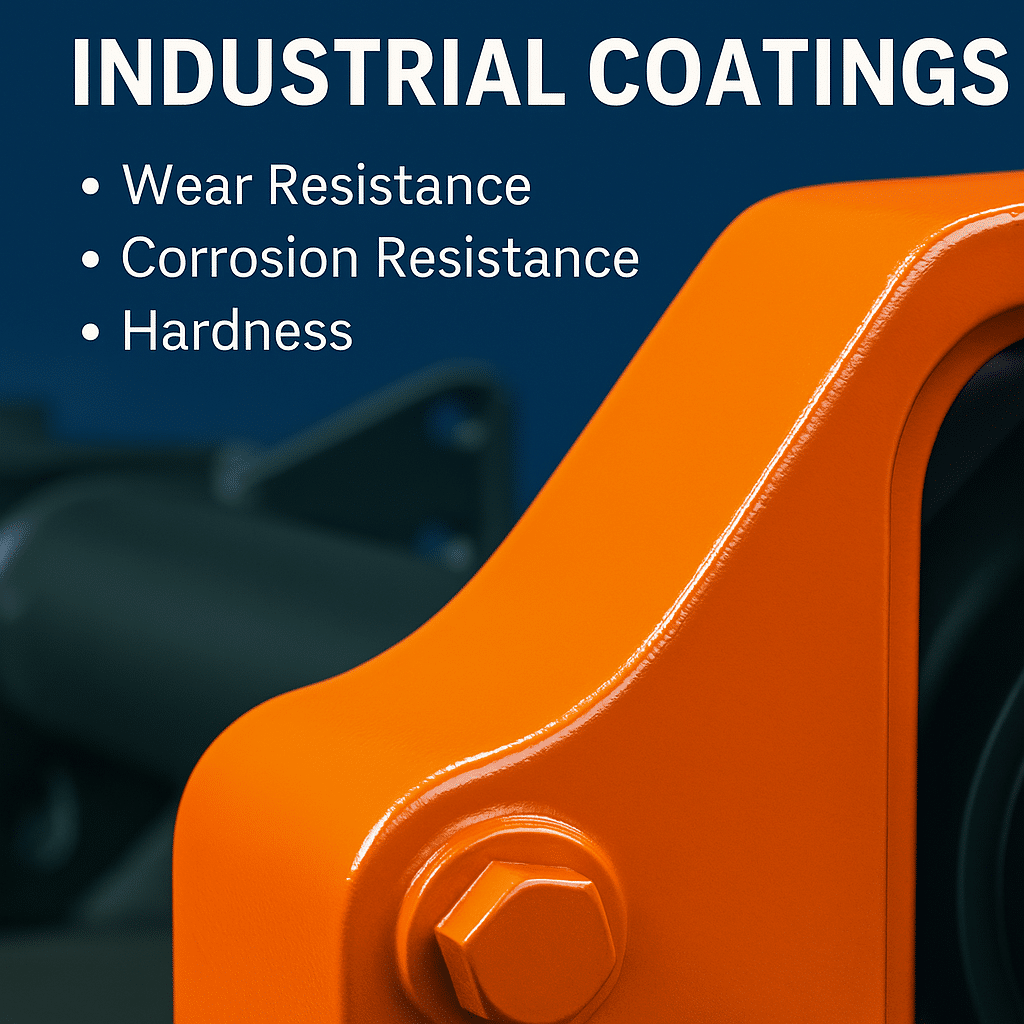The application of epoxy resin in construction includes the following aspects: floor coating, building corrosion prevention and structural strengthening. With regard to floor coatings, the most commonly used film-formers are synthetic resin-based materials represented by epoxy resins. The coatings are generally divided into solvent-free, solvent-based and water-soluble types. Solvent-based systems have defects such as solvent volatilisation, low viscosity, low solids content, thin film formation, and easy colour floating during construction. Solvent-free systems can be adjusted to nearly 100% solids without inactive solvents, and the film is thick and does not appear in construction as Benard’s Nest and floating colors. Water-soluble clean and wear-resistant floor coatings have good adhesion to wet substrates. With regard to building corrosion prevention, due to the role of acids, alkalis, salts and organic solvents and other media, building materials produce different degrees, all kinds of physical and chemical damage. This corrosion process is generally slow, short-term consequences are not obvious, once caused by the harm is quite serious. In the construction of epoxy resin corrosion prevention, commonly used material products include resin mastic, resin mortar, glass fiber reinforced plastic and resin glass scale. Resin mastic, resin mortar and resin glass scale are made from resin as a binder with curing agents, toughening agents (some materials require the addition of accelerators or diluents), powders, fine aggregates, coarse aggregates and treated glass scales. With regard to structural reinforcement, concrete and reinforced concrete structures often suffer from different damages during use due to various factors, affecting their service life. After many years of use, most buildings are damaged to varying degrees and require maintenance and repair. The epoxy resin is used for bonding and repairing concrete components, bridge projects, airstrips, highway construction, reinforcing cracks in concrete structures or preventing leakage and grouting.
The application of epoxy materials in the maintenance of Xuanda Expressway.
(I) Overview
Xuanda Expressway is an important part of the main skeleton of “three vertical and three horizontal” highways in Hebei Province, and is one of the main passages from Beijing and Tianjin to the northwestern provinces and the outbound transportation of coal from Jin. The highway was built in 1998 and completed and opened to traffic in 2000, with a total length of 127km, including 99km of asphalt pavement and 28km of cement concrete pavement. In the past 8 years since the opening of the road section has appeared bridge and culvert veneer stress, bearing damage, gnawing edge off the corner and other diseases. In order to restore and enhance the performance of the road, to ensure traffic safety, reduce future maintenance funds, Xuanda Expressway successively put epoxy resin and other materials into the disease treatment and maintenance works by 2004, and achieved better results. Through the use of epoxy resin materials over the years, it is found that its performance is mainly characterised by high strength, high toughness, good bonding with old concrete and short setting time. The construction is also compared to other materials, its real-time, effectiveness and practicality. The application of epoxy resin materials will be described in the following aspects, such as gnawing edges and corners of pavement, bridge bearing replacement and bridge deck disease treatment.
Application of epoxy resin materials – repairing cement concrete pavements with gnawed edges and fallen corners. There is a 28km cement concrete section of Xuanda Expressway. Every year, due to the infiltration of rainwater, the foundation sinks to different degrees and the repeated loading of passing vehicles, resulting in different degrees of gnawing edges and falling corners at the end of the concrete slab. The disease appears suddenly, but develops rapidly, sometimes expanding two to three times overnight. In the past, after the disease was found, it was often filled with ordinary concrete, which was not only slow in construction, but also took about 7d per regeneration. This not only delayed time, but also in the concrete strength and use of time often does not achieve the desired results. After the use of epoxy concrete, in the repair and maintenance can save a lot of time than ordinary concrete. With a 7.07 x 7.07 x 7.07 mortar test mould, the strength in 3 days reached 53.3Mpa, which is nearly twice the strength of ordinary cement concrete of the same standard. More importantly, after the repair is completed, the repair can not be repeated for several years, and the concrete pavement can also be better connected, greatly saving maintenance costs.
When mixing concrete with epoxy resin, in order to meet the compatibility, appropriate amounts of dibutyl and ethylenediamine are added. The main purpose of dibutyl is to increase the bonding effect of the epoxy resin with the stone, while the ethylenediamine is mainly used to harden the epoxy resin concrete, and the mass ratio between them can be 50:5:4, with some acetone added for dilution. The consistency of epoxy resin is very large at room temperature and it is not easy to mix with concrete, only after heating the epoxy resin and diluting it with acetone can it be applied at room temperature. In the repair of Xuanda Expressway, for every 5000g of cement mix, 1250g of epoxy resin diluted with acetone, 125g of dibutyl ester and 100g of ethylene diamine were used. The method of repairing gnawed edges and corners with epoxy resin concrete is largely the same as the general method of repairing potholes, and will not be repeated here.
Treatment of problems in the process of stressing the veneer of a small bridge culvert. Due to the uneven sinking of the foundation and bridge platform, in recent years, some of the bridge culverts of the Xuanda Expressway have appeared one after another at the bottom of the concrete hook off the plate, the single plate force problem. In order to repair the serviceability, the method of re-paving the bridge deck pavement is generally adopted. In the process of reinforcement planting, how to fix the reinforcement in the typed reinforcement eye faster and better has been the goal of our quest. If an epoxy resin mortar is used to adhere the reinforcement to the reinforcement eyelets in the concrete slab, good results are obtained both in terms of setting time and overall strength afterwards. A mass ratio of 1:0.068:3.74 (epoxy glue:cement:medium sand) is used and the reinforcement is injected into the epoxy resin mortar once it has been inserted into the punched reinforcement eye. After filling the reinforcement eye with mortar, the injection can be stopped, and the implanted reinforcement should be fixed immediately, after about 30min the epoxy resin mortar can bond the reinforcement to the concrete independently, and the lower part of the construction can be carried out at this time. This method greatly saves the construction time, also ensures the quality of the project and improves the working efficiency.
In the bridge bearing replacement construction, in order to better fix the steel plate supporting the bearing and the cap beam (or cap beam) of the bridge pier, and to increase the friction between the bearing and the pier, epoxy resin mortar is also added in the construction process. The proportions are the same as for the bridge veneer reinforcement. During construction, the sand slurry is evenly spread on the pier beam, the thickness should not exceed 1.5cm, and then the steel plate is covered with sand slurry to press away the air inside, and the new bearing can be placed on the steel plate after 30min. This method is mainly used to increase the solidity of the steel plate and the cap beam (or cap beam), increase the friction coefficient, and extend the service life of the bearing.
Application in bridge deck pavement construction. In 2007, Xuanda Expressway carried out an ultra-thin wear layer asphalt overlay project in Phase 1, in which epoxy resin asphalt was used as a test section for the deck paving of one bridge. After opening to traffic through test data and later observation, found that this paving layer has the characteristics of high strength, good flexibility, bonding firm. It is also effective in waterproofing, but as it is still in the test phase, the oil to stone ratio was found to be somewhat small and the asphalt mix ratio needs to be further verified before it can be constructed. During construction, attention must be paid to maintaining environmental hygiene and preventing pollution in the surrounding area, and wait until the strength reaches the design standard before opening the traffic, so as to ensure that the epoxy resin asphalt can play a better effect.
The epoxy resin material in the construction of precautions fire prevention, poison prevention, ready to fire equipment, in a well-ventilated site melting asphalt, mixing concrete. Sand and gravel should be dry to prevent water from meeting high temperature asphalt to produce steam explosion and scald the operator. Pay attention to the temperature of the asphalt to prevent carbonation and fire.
(II) Conclusion
Through a brief introduction to the above project, it will be found that the materials involved in the treatment of highway diseases with epoxy resin, or normal maintenance work is technically simple, easy to operate and practical. It is a more ideal material to be explored in highway maintenance in terms of ensuring construction quality and restoring original functions, while closing traffic for a short period of time and saving traffic control costs, and is suitable for highway disease treatment.
More YQXPOLYMER Epoxy Resins information, please contact us via email: sales@yqxpolymer.com , or voice to us at: +86-28-8411-1861.
Some pictures and texts are reproduced from the Internet, and the copyright belongs to the original author. If there is any infringement, please contact us to delete.




